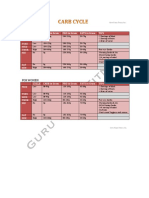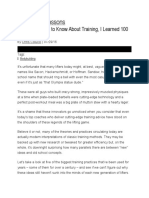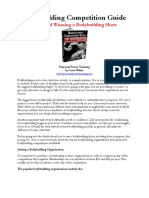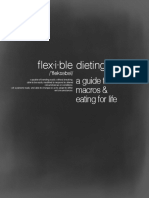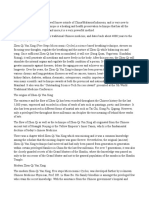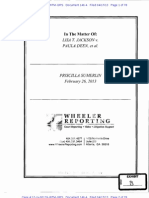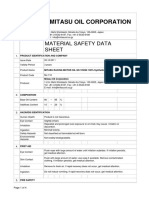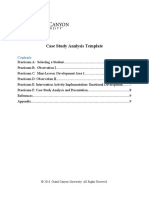0% found this document useful (0 votes)
140 views35 pages(E-Copy) Crash Course
The document is a guide from Combat Fitness Inc. that aims to simplify fitness and nutrition, emphasizing that the fitness industry often complicates these topics unnecessarily. It outlines key principles of diet, exercise, and recovery, stressing the importance of caloric balance and protein intake for fat loss and muscle gain, as well as the significance of progressive overload in strength training. The guide also categorizes exercise into strength and cardio, advocating for a balanced approach that includes endurance, threshold, and maximum training zones.
Uploaded by
ПІ-11 Ожогіна АннаCopyright
© © All Rights Reserved
We take content rights seriously. If you suspect this is your content, claim it here.
Available Formats
Download as PDF, TXT or read online on Scribd
0% found this document useful (0 votes)
140 views35 pages(E-Copy) Crash Course
The document is a guide from Combat Fitness Inc. that aims to simplify fitness and nutrition, emphasizing that the fitness industry often complicates these topics unnecessarily. It outlines key principles of diet, exercise, and recovery, stressing the importance of caloric balance and protein intake for fat loss and muscle gain, as well as the significance of progressive overload in strength training. The guide also categorizes exercise into strength and cardio, advocating for a balanced approach that includes endurance, threshold, and maximum training zones.
Uploaded by
ПІ-11 Ожогіна АннаCopyright
© © All Rights Reserved
We take content rights seriously. If you suspect this is your content, claim it here.
Available Formats
Download as PDF, TXT or read online on Scribd
/ 35







